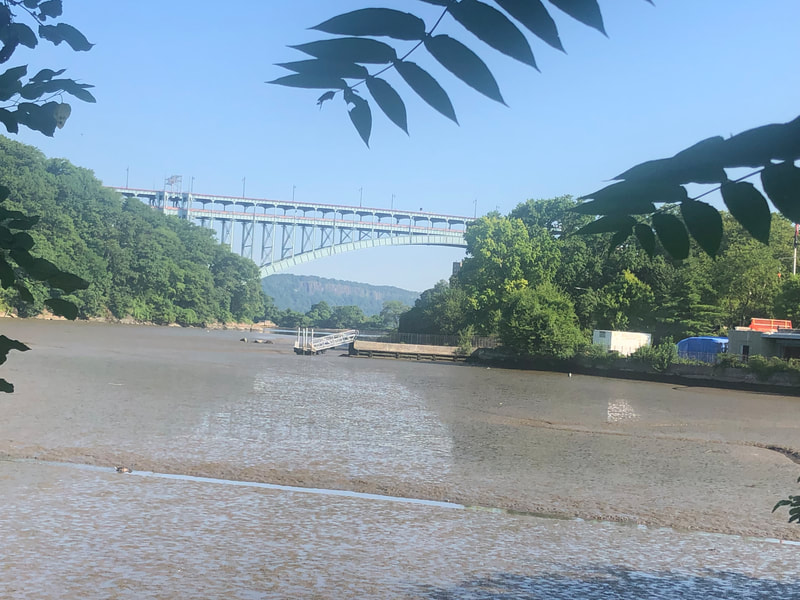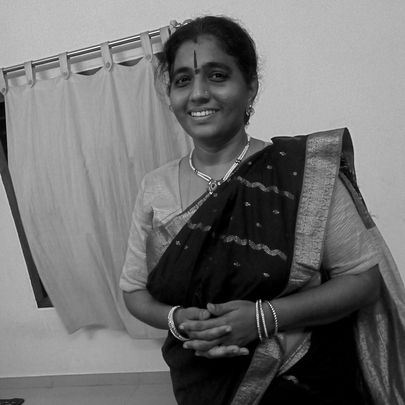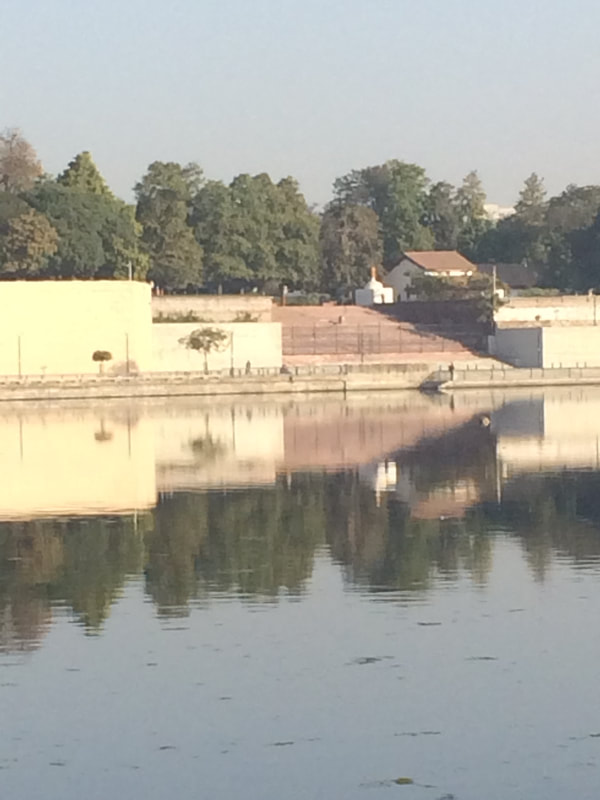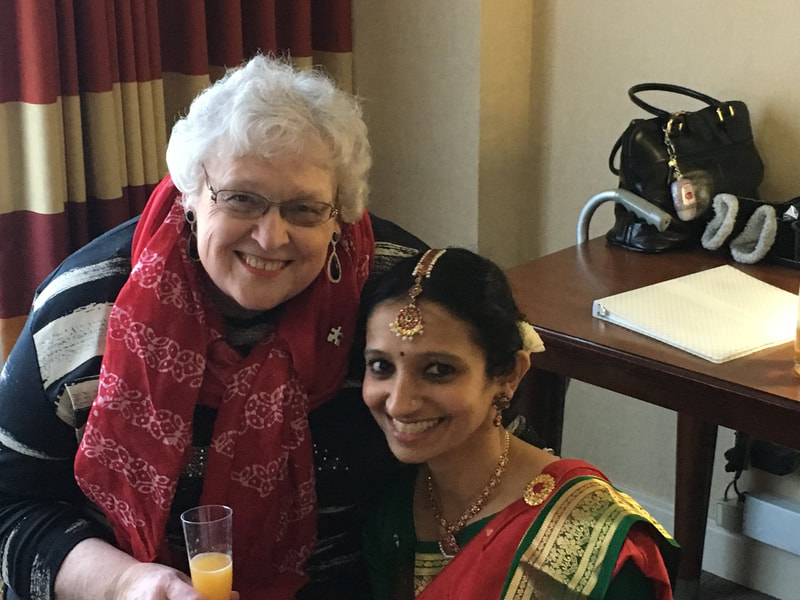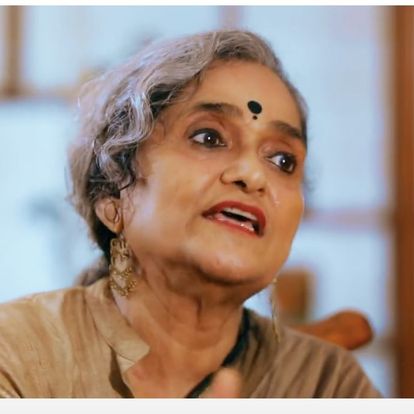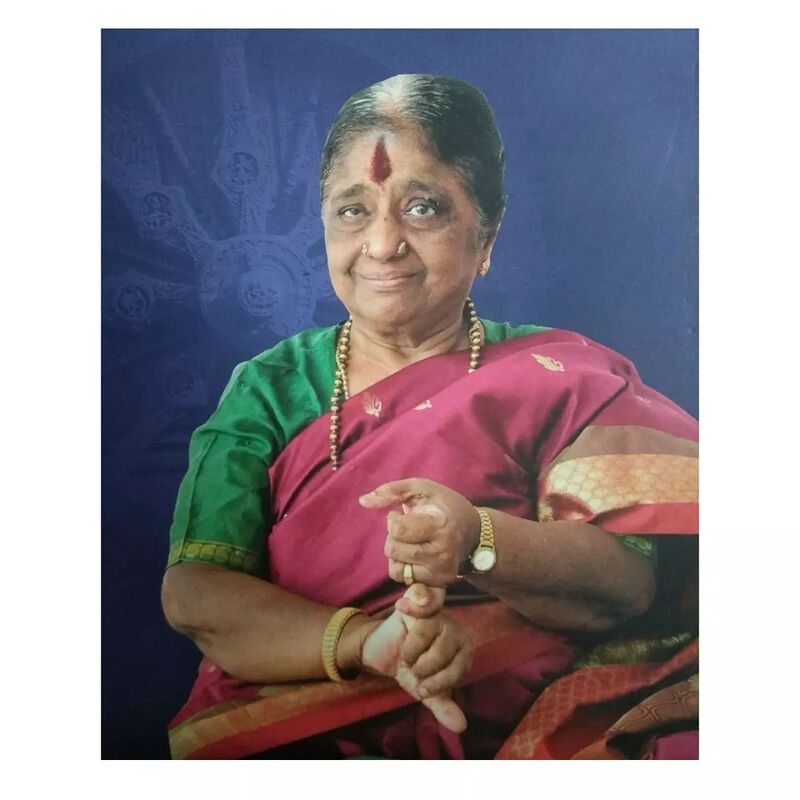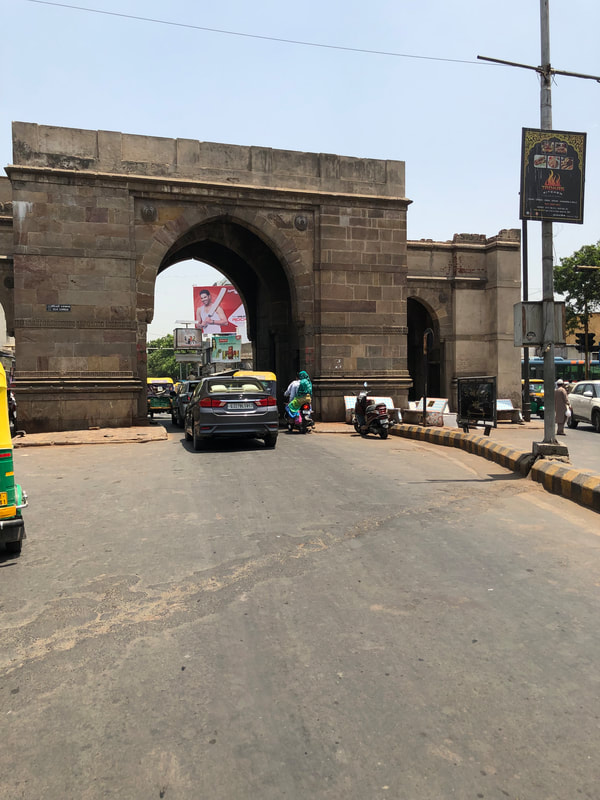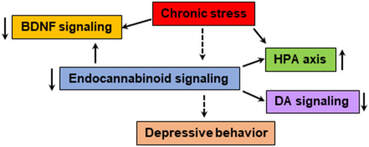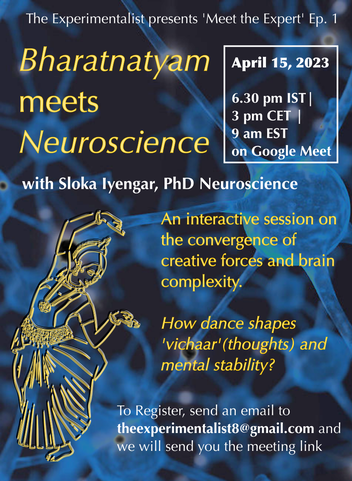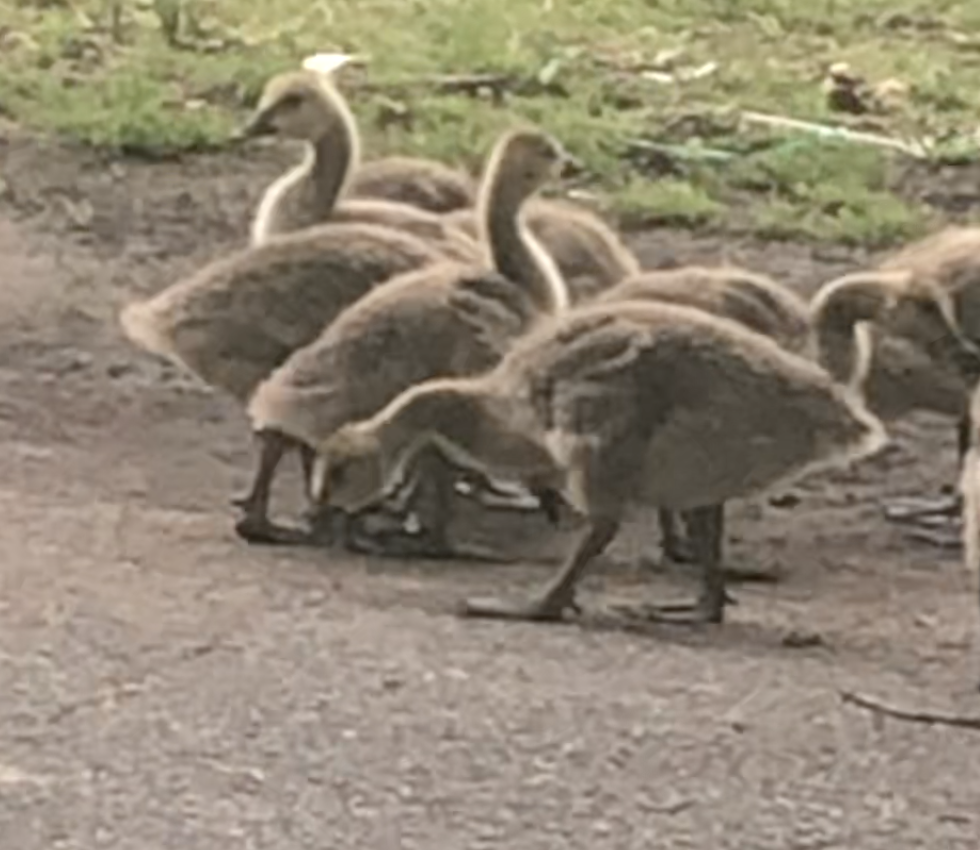Featured in an interview by Finding Humans in TechIt was such a pleasure talking to folks at Finding Humans in Tech about my journey in #dance and #neuroscience from #Ahmedabad to #NYC. This interview gave me an opportunity to reflect and thank so many people who have taken the time to guide and nurture me.
A short video can be seen here, and the full interview is linked here.
0 Comments
How do we study complexity? |
About SlokaMy name is Sloka. I am a neuroscientist and Bharatanatyam dancer; you can find more about me here. Archives
June 2024
|
